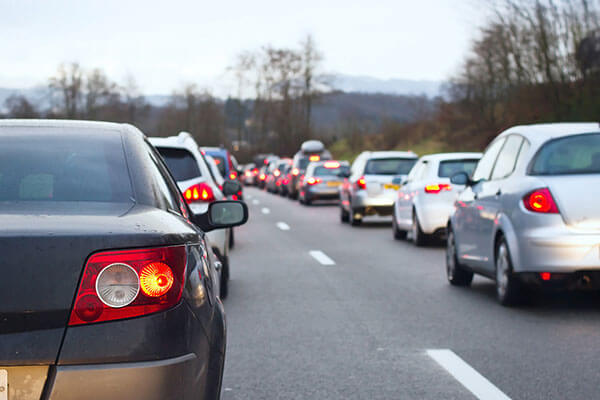Research by finance specialists, RIFT, has revealed that damage caused by potholes costs motorists an estimated £1.7bn last year, but despite this, there was an 18% reduction in the number of potholes filled across the nation.
RIFT analysed the number of potholes filled each year, the cost of doing so and which areas of the nation have seen the biggest increase in the number of potholes on the roads.
Less potholes being filled
The analysis by RIFT shows that the propensity of hitting a pothole could be all the higher at present, as there’s been an 18% year on year drop in the number of potholes being filled by local authorities across England and Wales.
Last year (2022-23), just 1.4m potholes were eradicated from our roads and while this may seem like a lot, it’s 300,000 less than the 1.7m filled the year before and significantly less than the peak of 2.7m filled per year seen back in 2014-15.
As a result, the total sum spent on making our road surfaces acceptable totalled £93.7bn last year, a 13% cut on the money invested into tarmac the previous year. Why? With the average cost of filling a pothole climbing from £63.18 to £66.93 annually, the data suggests cost saving measures from local councils could be to blame.
Pothole damage cost to motorists
So what’s the result of local authorities putting off their pothole maintenance? Well, research from Kwik Fit has found that in the last year alone, 13.3m cars were damaged due to potholes, with the average repair bill coming in at £127. That’s a total cost of almost £1.7bn to the nation’s motorists.
Worst areas for potholes
According to the latest data, Northumberland is the nation’s pothole hotspot with 51,703, followed by Cornwall (24,836) and North Yorkshire (22,094).
However, on an annual basis, the London Borough of Hammersmith and Fulham has seen a 118% increase in the number of potholes posing a potential danger to motorists, followed by the neighbouring borough of Kensington and Chelsea which ranks second with a 107% increase.
Bracknell Forest in the South East ranks third nationally with an increase of 88%, with Nottingham (+75%) seeing the fourth largest increase nationally and the largest jump in the East Midlands.
Halton ranks sixth overall and has seen the largest pothole increase in the North West at 65%, while other areas to make the top 10 include Havering (+68%), Greenwich (+47%), Southampton (+47%), Lambeth (+47%) and Southwark (+45%).
Middlesbrough in the North East (+28%), Wiltshire in the South West (+16%), Central Bedfordshire in the East of England (+12%) also rank within the top 20.
What to do if you hit a pothole?
You can minimise the risk of pothole damage by driving with caution, avoiding puddles and ensuring your tyres are in good condition and properly inflated.
But did you know you could claim if your car is damaged due to a pothole?
For more information, visit: https://www.riftrefunds.co.uk/advice/guides/pothole-pitfalls-costs-motorists-17bn-last-year-worst-areas-of-the-nation-revealed/
Bradley Post, MD of RIFT, commented:
“The pothole epidemic is an issue that has been plaguing motorists for years and it’s disheartening to see that the number of potholes being filled has actually declined year on year.
As motorists, we’re hit with a raft of yearly costs in order to keep our cars on the road, from MOTs and repairs, to tax and insurance. So it certainly seems unfair that having paid our way and ensured our responsibilities are met, so many motorists have these costs added to due to damage from potholes.
Unfortunately, while some areas are certainly more pothole prone than others, you could fall foul of one wherever you are across the nation, but there are steps you can take to minimise the risk, such as driving with greater caution, avoiding puddles where possible and ensuring your tyres are up to the task.
If your car does succumb to pothole damage, make sure you document the incident, report the pothole in question and claim for the damage caused.”




